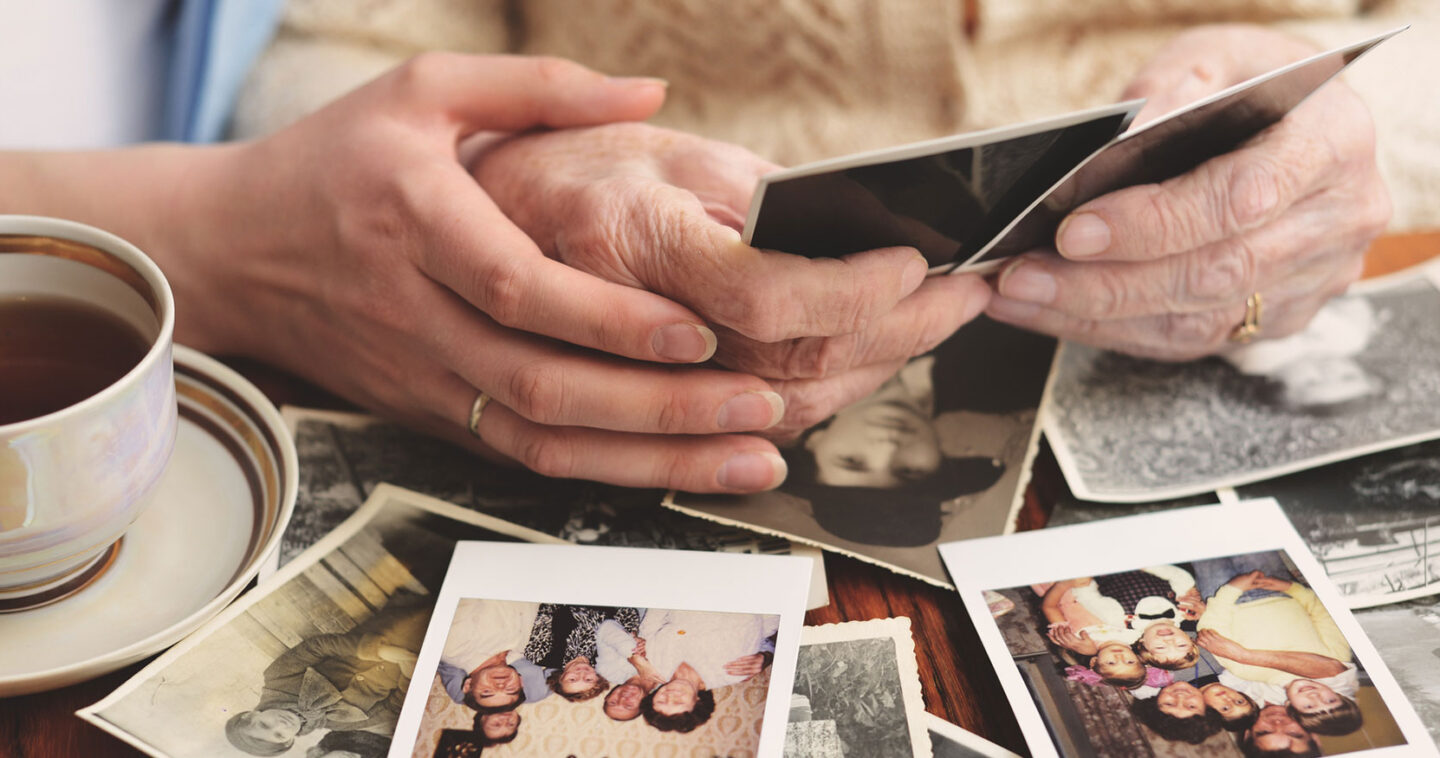Is there a surprise in your family tree? DNA data is connecting millions of people around the world to their past, and even creating new futures for some.
Most of us grow up enveloped in family history — passing down old recipes, songs and stories; sharing traditions that go back generations; and checking family photos for whose nose or chin has been inherited. These are ways we connect to our ancestry and celebrate our genealogy every day without even thinking about it. It makes us feel closer to each other and our past.
Online, a whole new kind of connection has emerged.
Affordable DNA testing and advances in storage and processing has given rise to large scale DNA databases that are not only collecting millions of DNA records from customers who opt in, but the organizations are able to use analytics and processing power to decode, understand and give back each person’s unique DNA story. For the first time in history, we are seeing the advent of massive, growing stores of collective DNA data that can be used for everything from identifying disease markers and developing treatments, to discovering ethnic heritage and matching genetic families.
There is an array of reasons people are electing to get their DNA tested, ranging from necessity to pure curiosity. Regardless of the reason, DNA results can be highly personal, sometimes prompting unintended consequences, so it’s important to weigh the risks and rewards before you test.
Discovering Ethnicity Through DNA Data
For the millions of adopted children around the world who have been searching for their identity and history, DNA data is providing answers they otherwise may never have known.
A big one: ethnicity.
Most individuals have some idea of their ethnic identities through stories, family records and the names of their ancestors. DNA is opening an entirely new door to a comprehensive ethnic history that may have some surprises. Because of the granularity the data offers, smaller percentages of ethnicity can show up in a DNA ancestry report that may have been forgotten or buried in a family history. Countless stories are being shared in commercials, blogs and social media where people have even discovered ethnicities in large percentages that were completely unexpected.
For adoptees who had no communication with their biological family, and so no idea of their ethnicity, DNA is offering the only glimpse they’ve ever known of their own make-up. For many, simply knowing their ethnicity allows them to feel part of a cultural community and less alone.
Connecting to Lost Family is Another Benefit of Growing DNA Databases
DNA matches are made using a system of measurement called centiMorgans (cM). The number of cMs you have in common with another individual defines the relationship.
The more people that opt in to share their information, the more connections are created in a given database. Adoptees or birth parents searching for children can especially benefit from the increase in DNA awareness and testing. Ten years ago, adoptees could spend a lifetime searching for a parent; but with only limited or no information, there wasn’t much hope. DNA is rapidly changing that scenario. A person can be matched to any relative close enough to the nuclear family — aunts and uncles, cousins or grandparents — reach out via the platforms messaging service and begin to piece the puzzle together.
“There are trees online that want to create world trees where everyone is connected to everyone,” Tom Dreyer, New England Historic Genealogical Society.
Genealogist and DNA specialist Tom Dreyer is optimistic about using DNA in conjunction with family trees and paper history to paint a more complete picture or even confirm an ancestor in a family line. He has also seen many a surprise pop up when clients took tests and suddenly found they were part of a family they’d never known, or were contacted by a new relative. “It happens quite often. I’ve seen it in my own family actually.” Tom shared, “That’s one of the things about DNA you have to be a little careful of.”
DNA Data Empowering Precision Medicine
Medical DNA kits offer the ability to know if you have markers for certain genetic diseases. This might include a dominant or recessive marker for conditions that can be passed on to children, such as down syndrome or cystic fibrosis; or it could reveal that you have a higher or lower propensity towards certain cancers. This data can help you understand your risks, but does not constitute a diagnosis or even a guarantee that you will develop any of the conditions. What it can do is help you and your doctor be better informed so you can make smarter decisions about your health and family planning.
On the fun side, some testing platforms also give you insights into where eye color, nose shape and even unibrows come from, as well as how many people share these traits with you in their database.
Some organizations are working to correlate DNA and other biological data to patient reactions to treatments, foods or other health conditions. This helps researchers better understand the entire ecosystem of our bodies; how DNA relates to bio function and how it can be used to identify treatments not just the disease.
A DNA Connected Future?
The proliferation of DNA testing is certain to open doors in the future. Whether it’s finding a lost loved one or finding a cure, understanding the human “mother board” can help us all better understand ourselves. And a world family tree … now wouldn’t that be a feat of data engineering!
Have you had your DNA tested? Do you track your steps or workouts? How about that app that monitors your teens driving habits? The truth is data is EVERYWHERE, affecting all of us. When we take the time to understand and embrace it, we unlock our own potential. But what do people really think of all this information driving our lives? What are the concerns? What are the opportunities?



